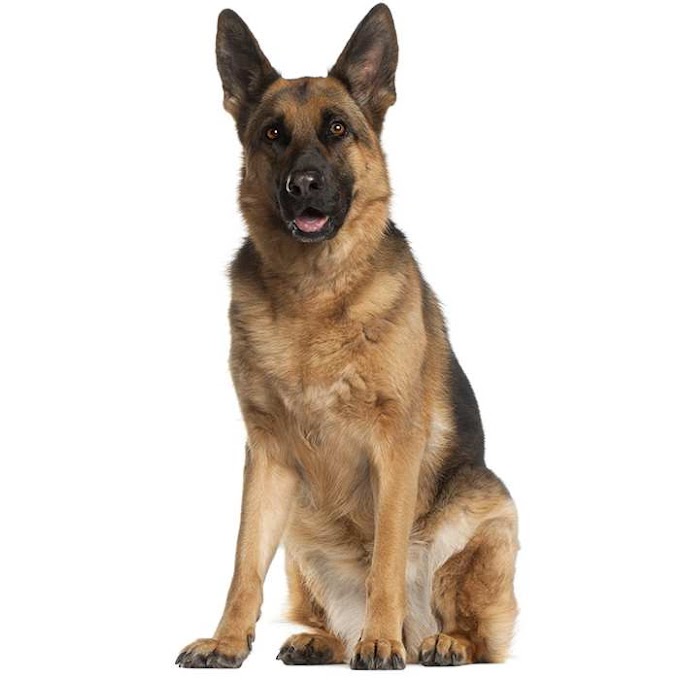Obedience Training
Obedience training usually refers to the training of a dog and the term is most commonly used in that context.Obedience training ranges from very basic training, such as teaching the dog to reliably respond to basic commands such as "sit," "down," "come," and "stay," .
Training Tips
Training can be accomplished at home, in an obedience class, or with a private trainer. It requires patience, a collar, a leash, a sense of humor, patience, and an understanding of dog behavior. That understanding can come from one or more of the many excellent books written about training companion dogs or from an obedience instructor or dog trainer.
Consistency is important in dog training. For example, if Ruffie was allowed to sit on the sofa yesterday and is yelled at for joining Aunt Florence on the sofa today, she'll be confused. It's better to teach her "up" and "off" so she'll climb on the furniture only when invited. If Mom says that Spot gets only dog food and treats, and the kids feed him from the table, he'll learn to beg and ultimately to steal in spite of Mom's efforts. Then, when he feasts on the roast, he's really in the doghouse for doing something he's actually been "trained" to do.
Training should be fun. Every training session should be punctuated with games, praise, and hugging. Buster should look forward to each session, just as he looks forward to his daily exercise. Every exercise should be useful at home. The dog should learn to sit on command and be conditioned to sit before going through a doorway, getting in or out of the car, before getting his dinner or a treat, and before getting petted by strangers or visitors. A sitting dog cannot knock a bowl of food out of your hand, lunge through a narrow opening in the door, jump out of the car before you clip on the leash, and so on.
The dog should learn to lie down so he won't beg at the table or bother the kids at play and will ride quietly in the car, etc. He should learn to stand still so he can be groomed or examined by the veterinarian. He should learn to walk on a leash without pulling; allow his feet, ears, and teeth to be handled; and come when he's called, wherever or whenever.
Add a few tricks to the repertoire for fun and deal with the problems as they arise, and you'll have a well-mannered pet.
Basic Training Commands
1. Watch Me
2. Sit
3. Down
4. Stay
5. Heel
6. Wait
7. Come
8. Off
9. Take It/Drop It
10. Out
11. Leave It
12. Place,Bed Or Crate
13.Stand
14. No
15. Settle Down



0 Comments